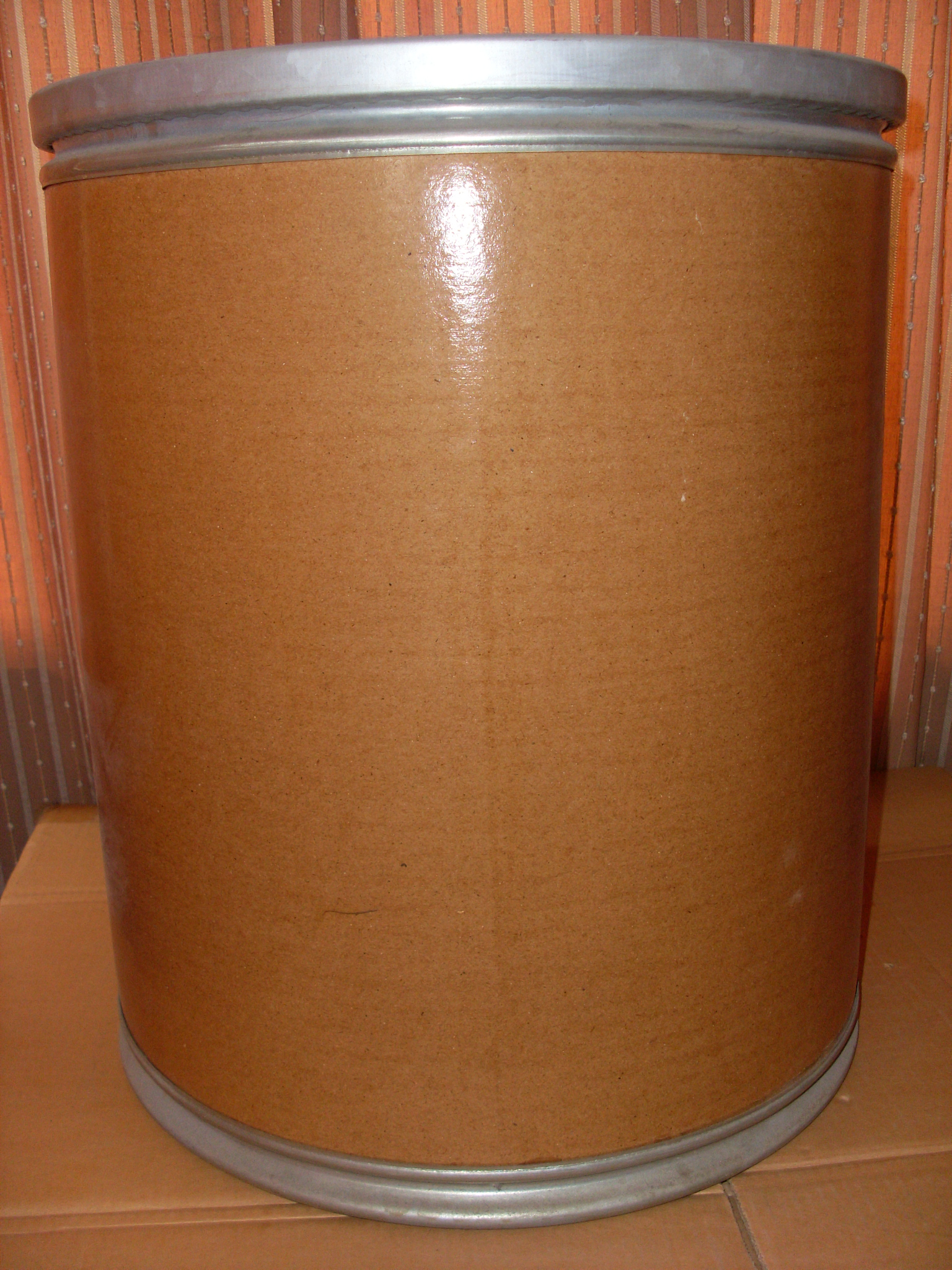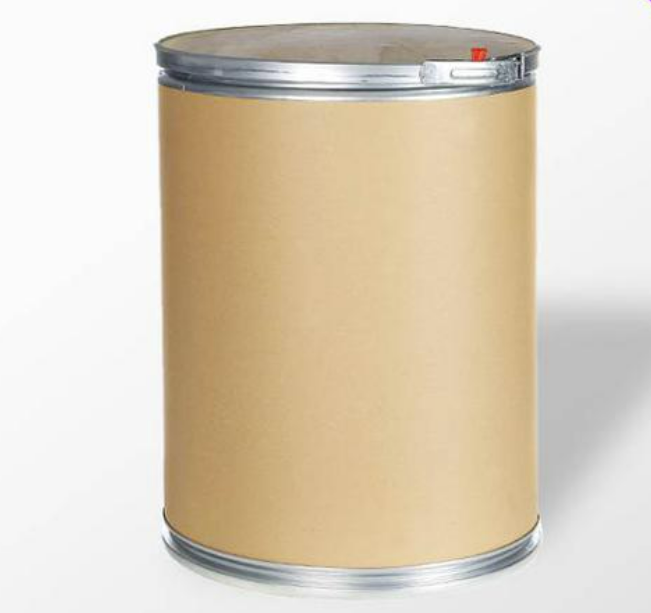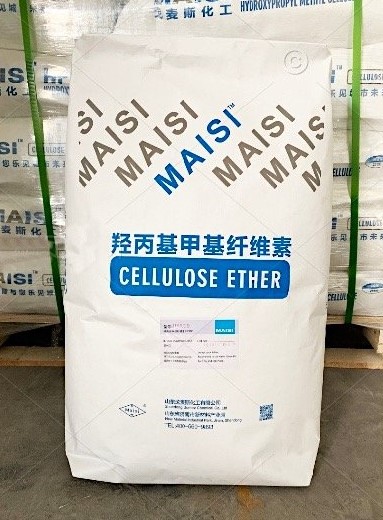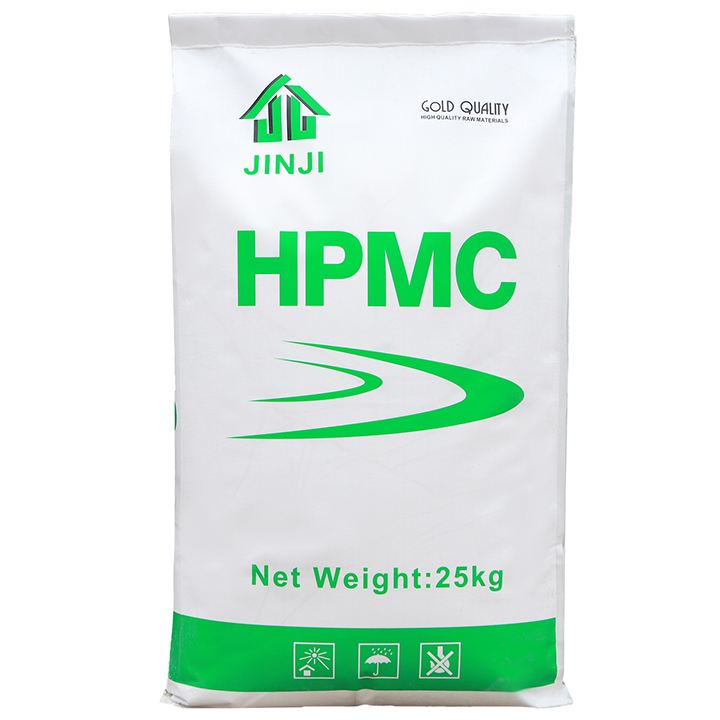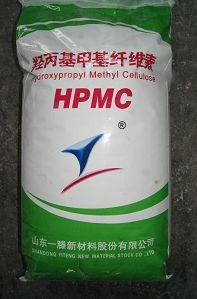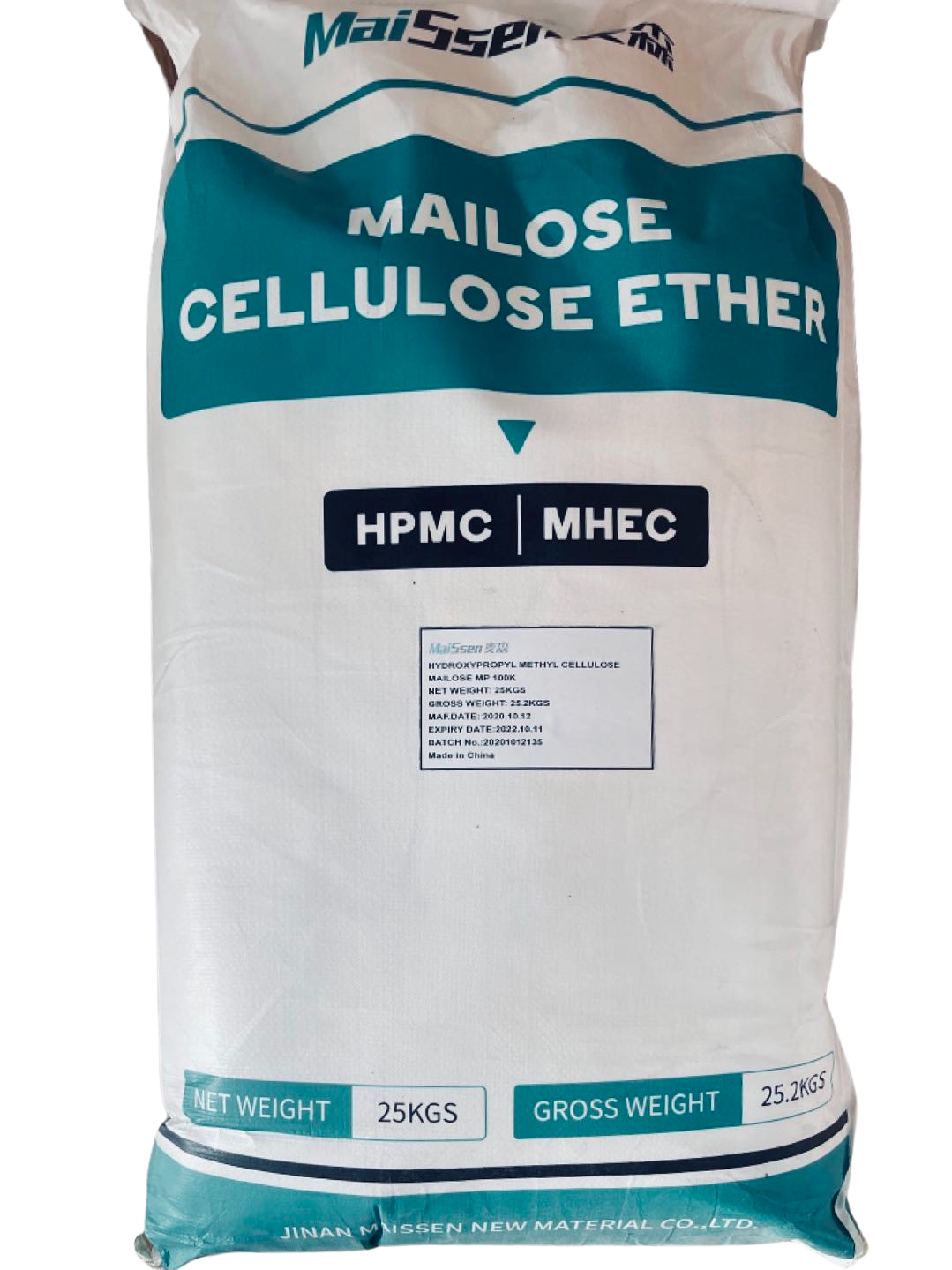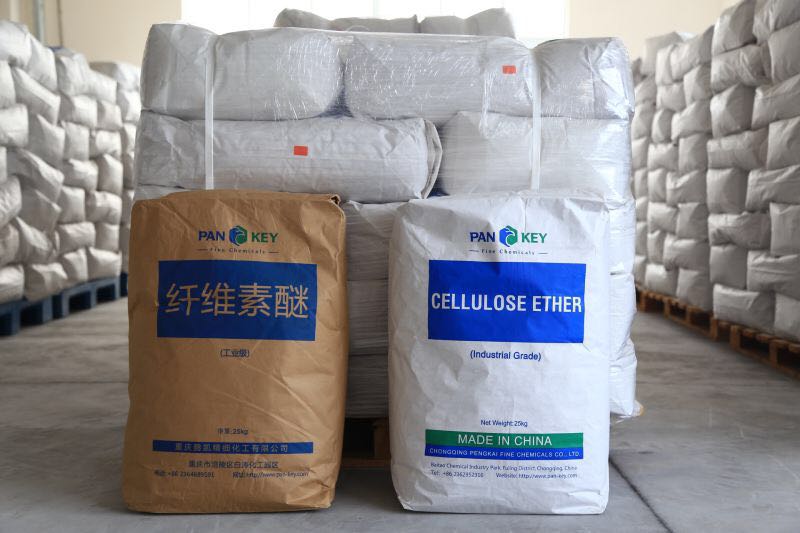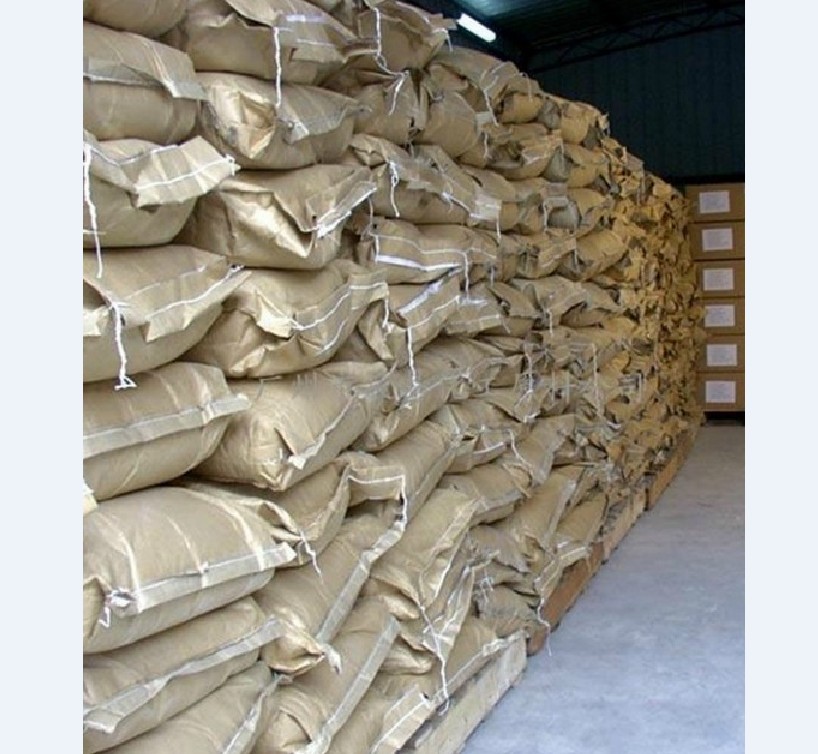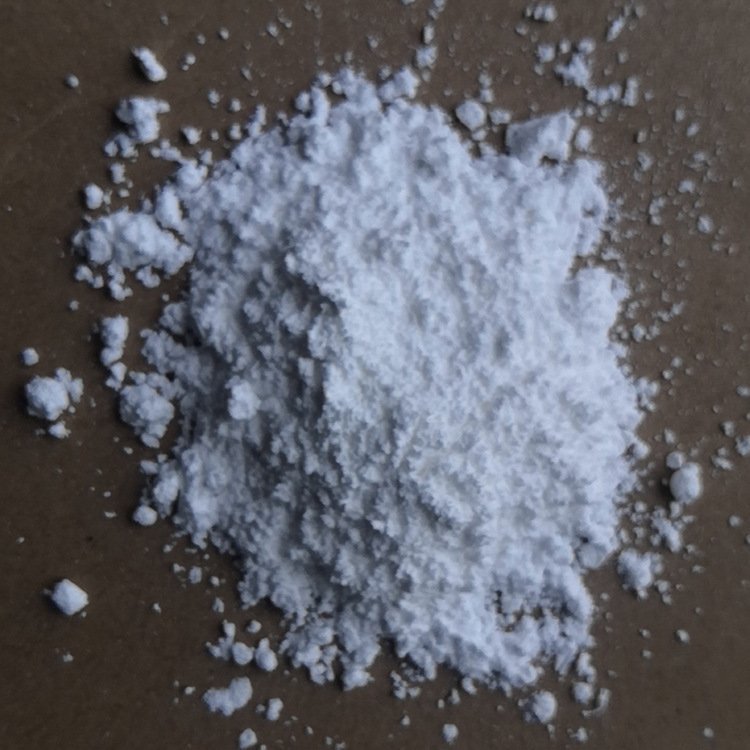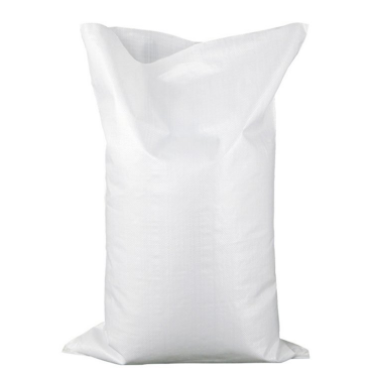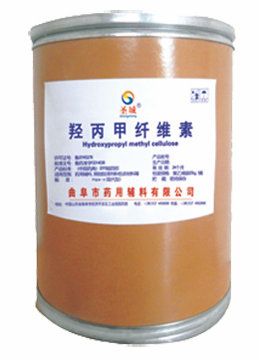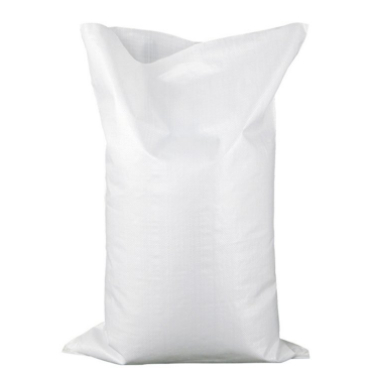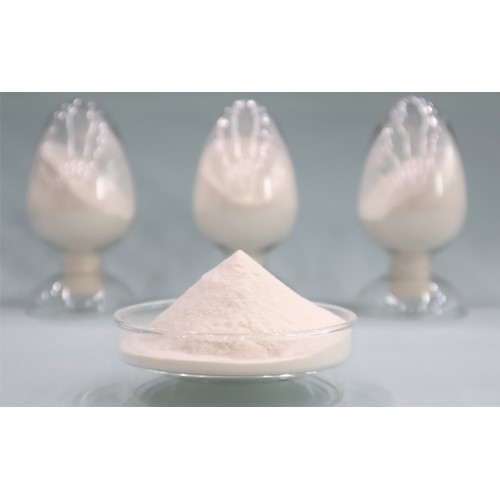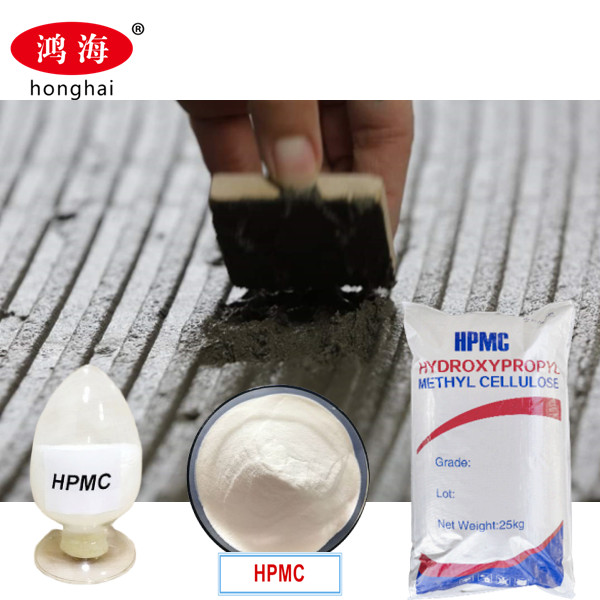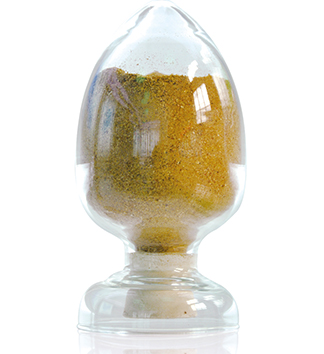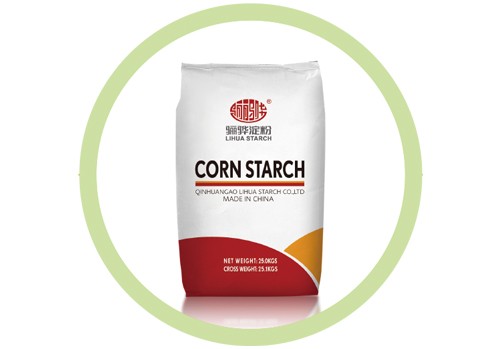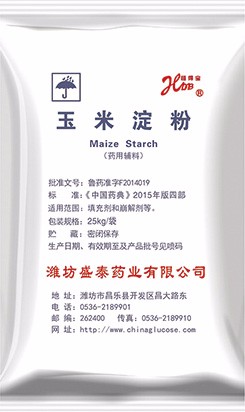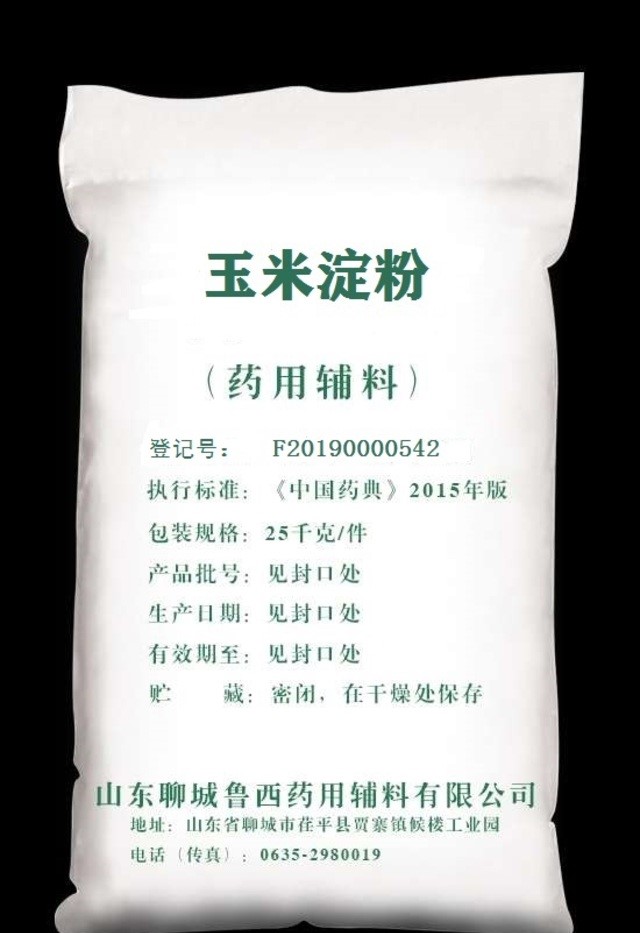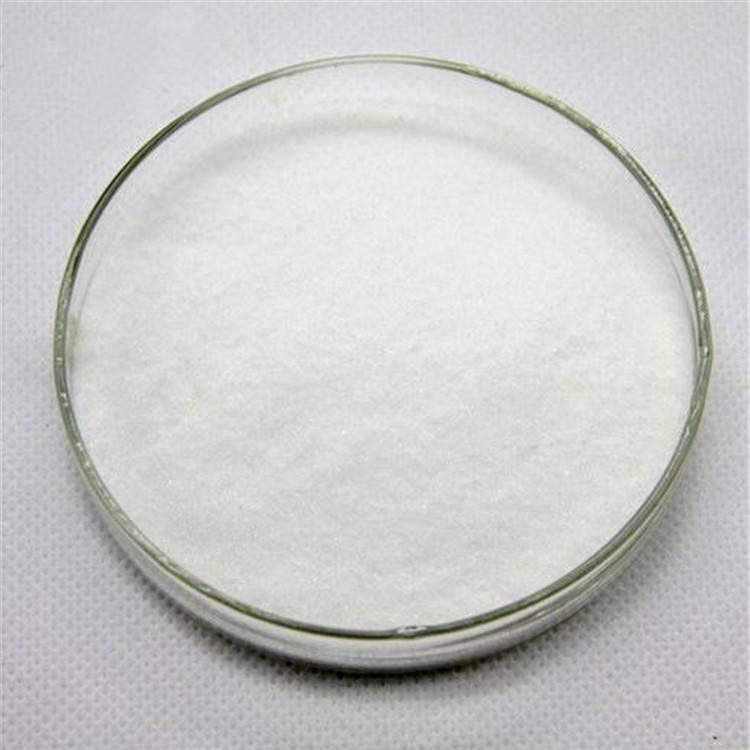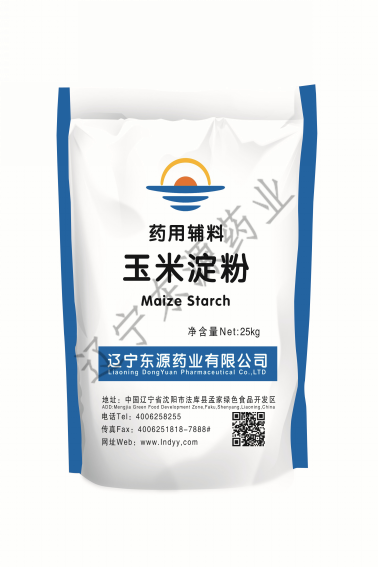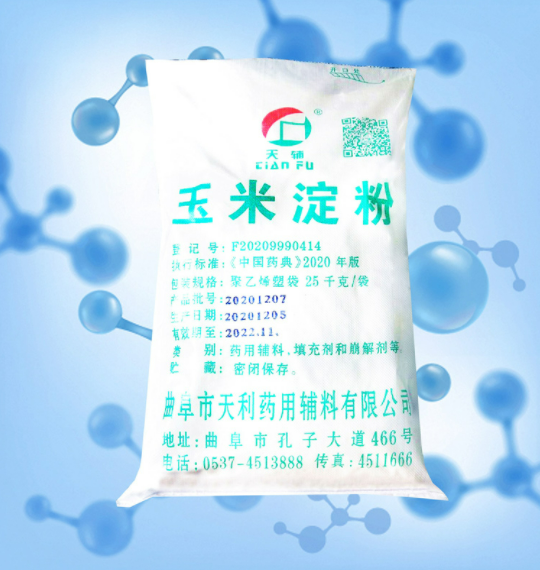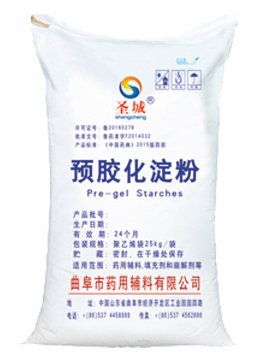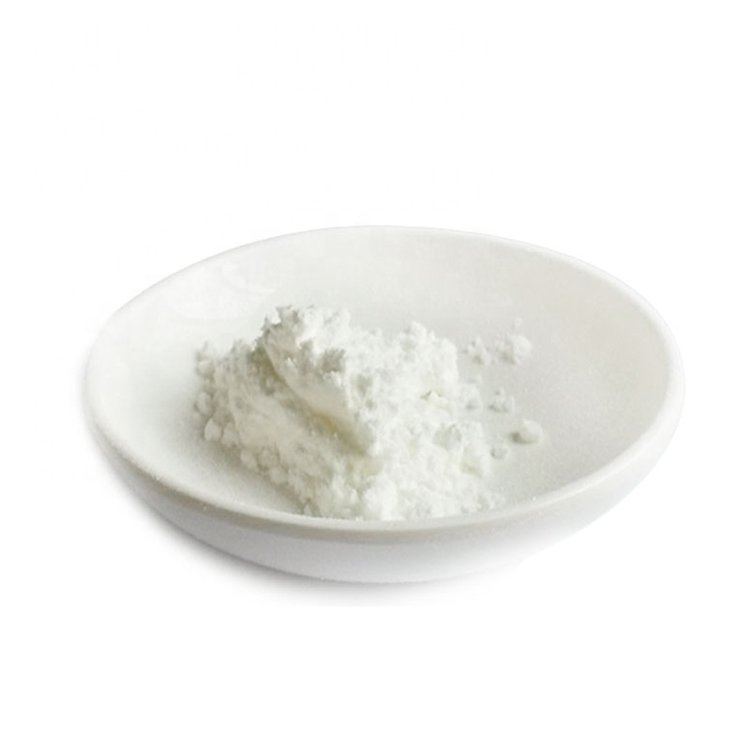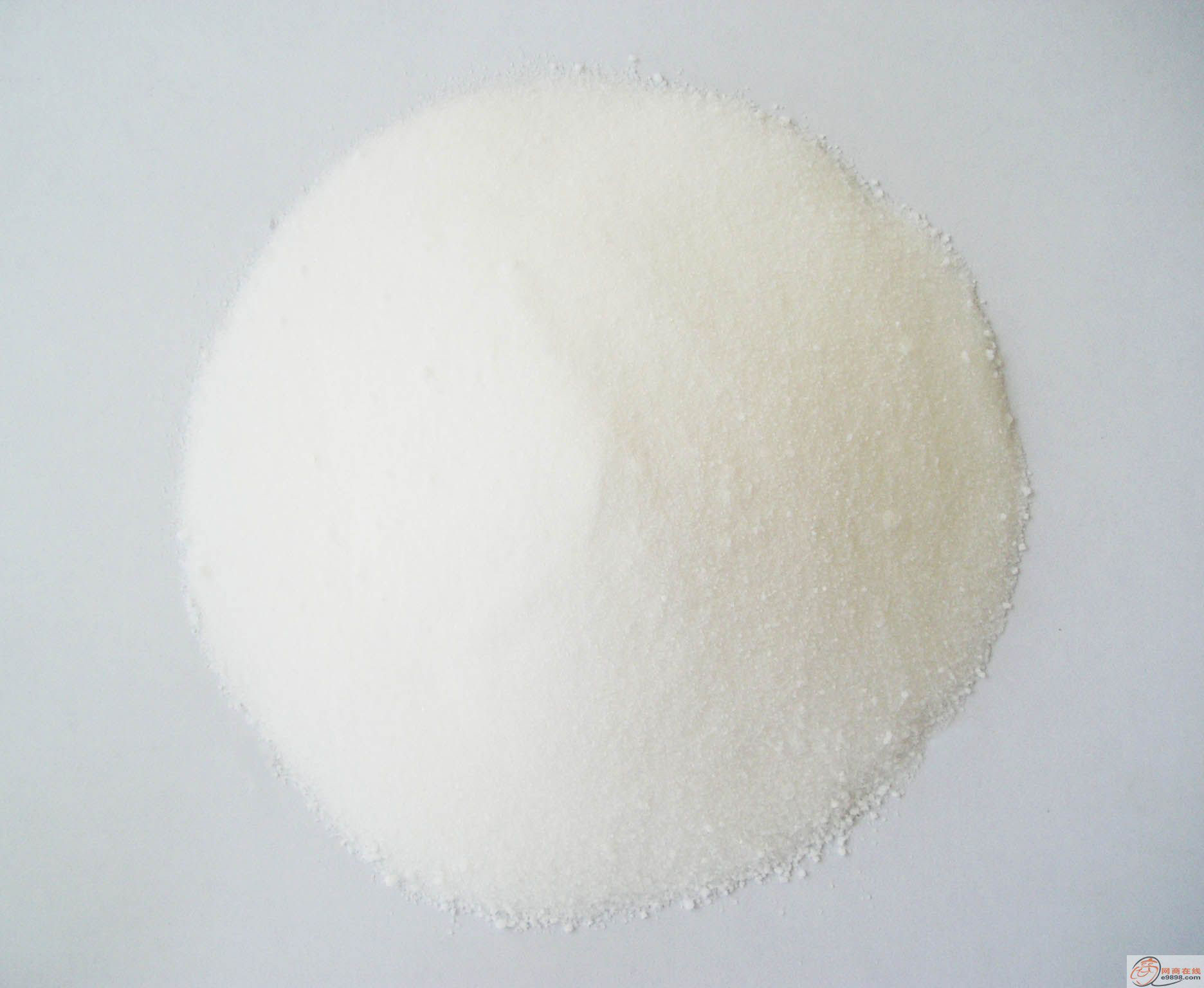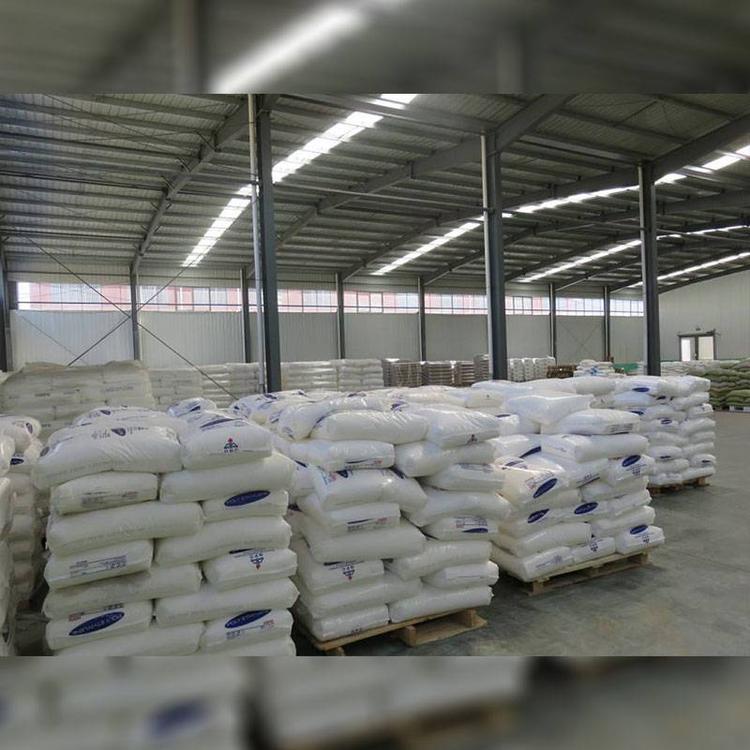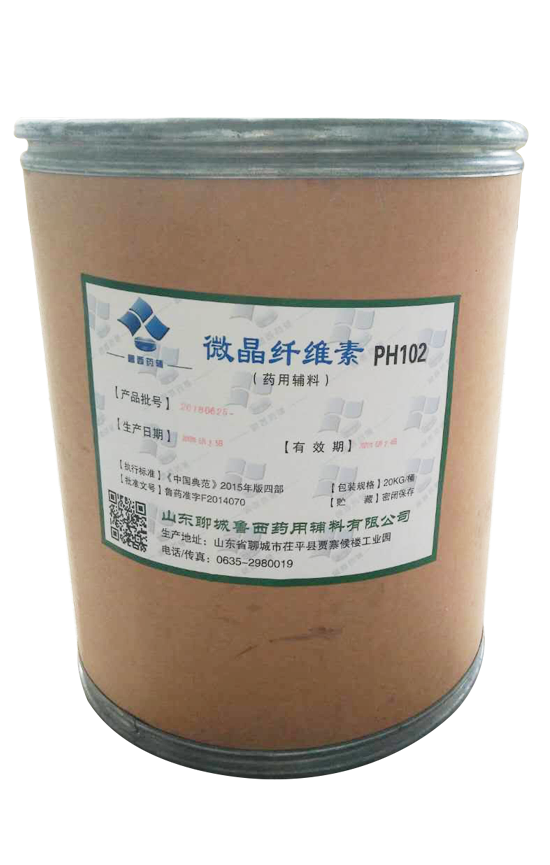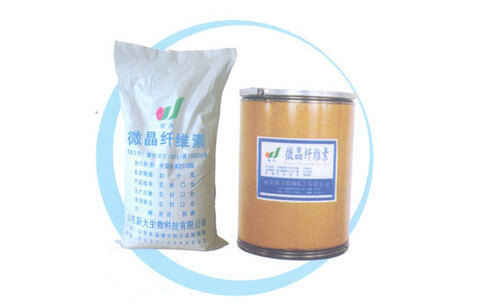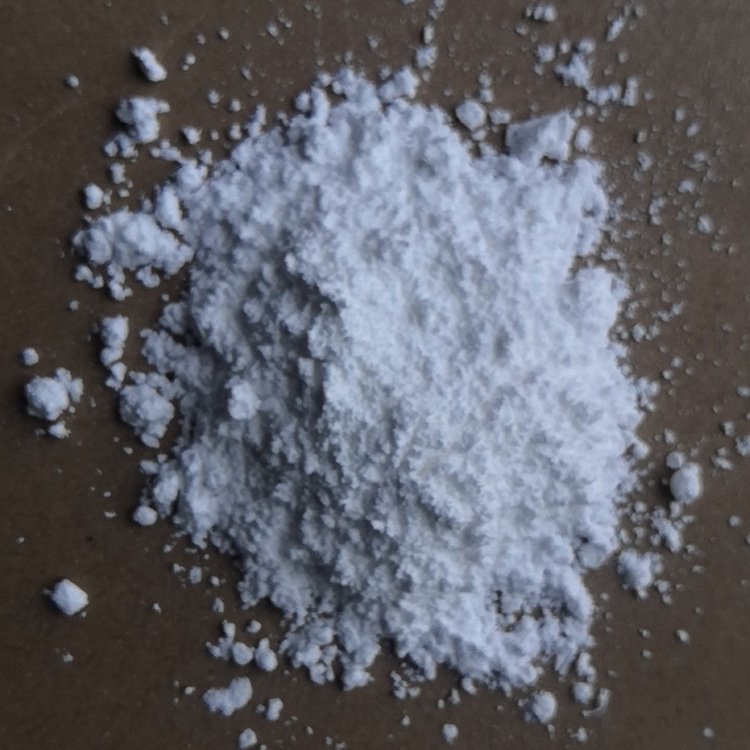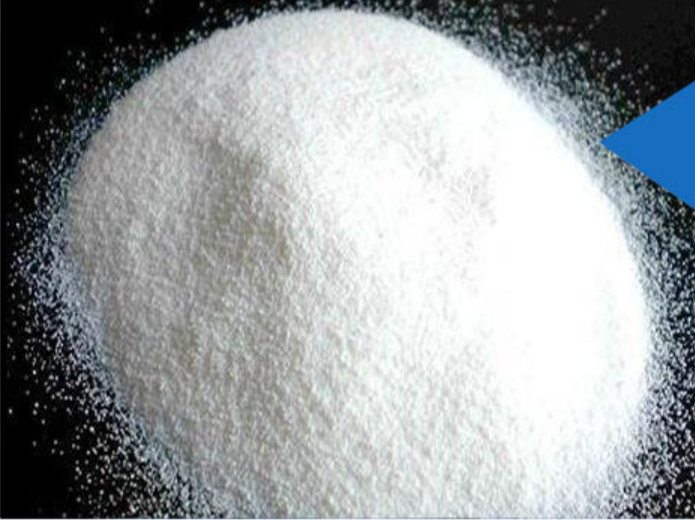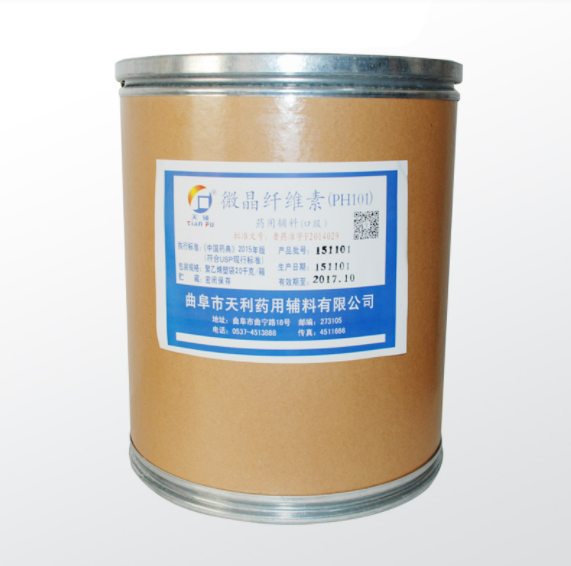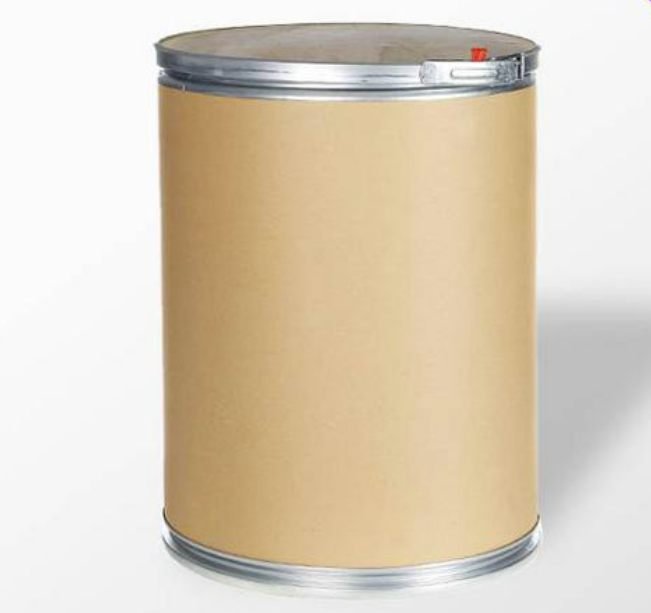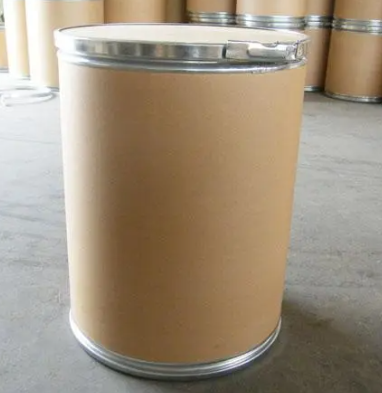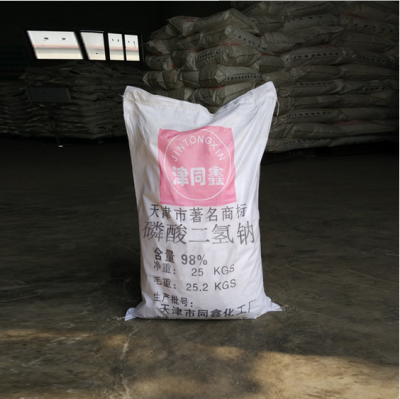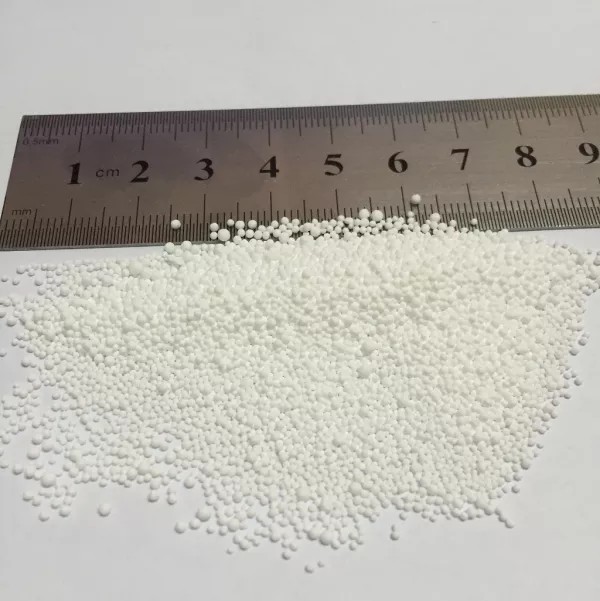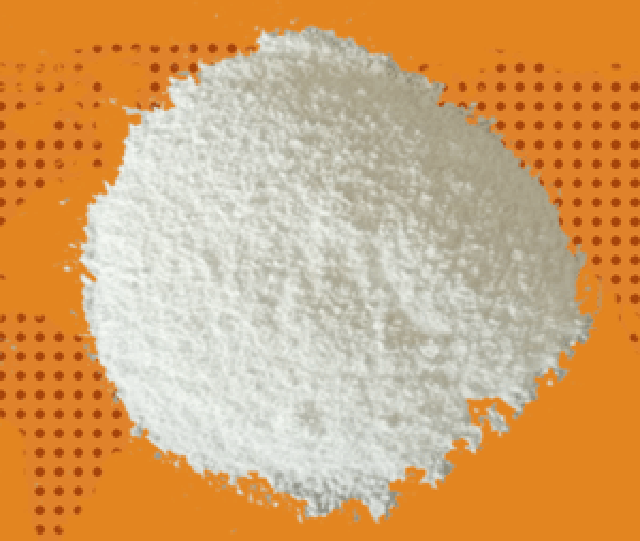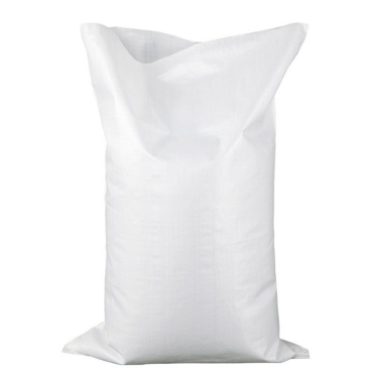API & Intermediate
Pharmaceutical Raw Materials
Veterinary API
Pharmaceutical Intermediates
Biochemicals
Pharmaceutical Excipients
Other Chemical Drugs
Blood System Drugs
Antineoplastic Agents
Nervous System Drugs
Respiratory Drugs
Antibiotics
Synthetic Anti Infective Drugs
Antipyretic Analgesics
Antiallergic Drugs
Fluid, Electrolyte, and Acid-Base Balance
Vitamins and Minerals Medicines
Urinary System Drugs
Digestive System Drugs
Antiparasitic Drugs
Anesthetic Agents
Hormones and Endocrine Drugs
Diagnostic Agents
Circulatory System Drugs
Immune System Medication
Anti Stress Drugs
Inhibitors
Drug Metabolism
Specialty Drugs
Feed Drug Additive
Find
76
related chemicals for you
CAS:9004-65-3
Molecular Formula:C3H7O
Alias
More Information
Hydroxylpropylmethylcellulose; Hydroxy Proply Methyl Cellulose; Hpmcd; HPMC; Hydroxy Propyl Methyl Cellulose; Hydroxymethylpropylcellulose; Isoptoalkaline; Isoptoplain; Isoptotears; Hydroxypropylmethylcellulose(Hpmc); Hypromellose; Cellulose, 2-Hydroxypropyl Methyl Ether; HPMC E 5; Hypromellose USP(Methocel E5 Premium LV)
Brief Introduction
It is mainly used in polyvinyl chloride (PVC) as suspension polymerization dispersant and stabilizer. It can improve the average particle size, particle size distribution, particle morphology and internal structure of suspended polymer. In addition, HPMC can also be used as thickener, stabilizer, emulsifier, excipient, water retaining agent and film-forming agent in the production of petrochemical, coatings, building materials, paint remover, agricultural chemicals, ink, textile printing and dyeing, ceramics, papermaking, cosmetics and other products.
Suppliers
View More Vendors (17) >
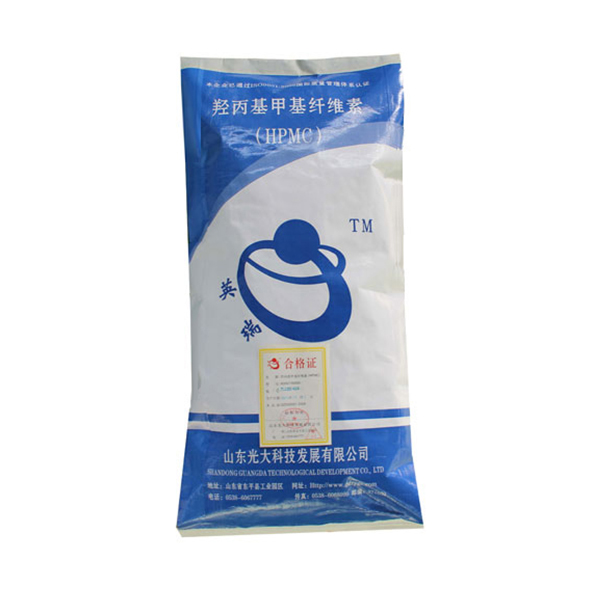
60GD50 Methoxy group%:7.0-12.0,Hydroxypropyl group%:28.0-32.0
/
Tech Grade
25kg
/
Fibre Drum
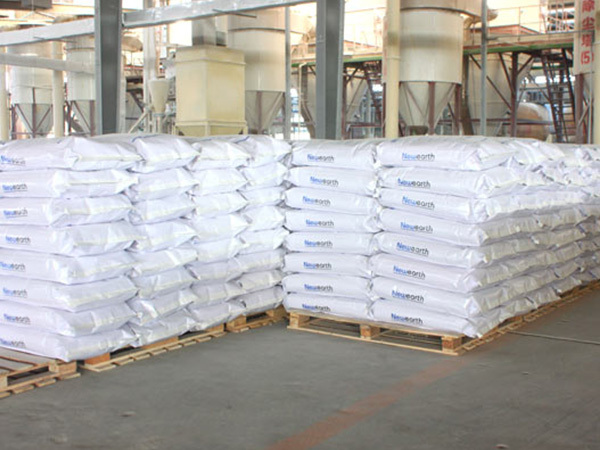
ME ; Methoxy content (%) 28-32; Hydroxypropoxy content (%) 7.5-12; Gelation temperature (° C) 58-64
/
Tech Grade
25kg
/
Woven Bag
Ningbo Wanhong Ruiquan Technology Co.,Ltd.
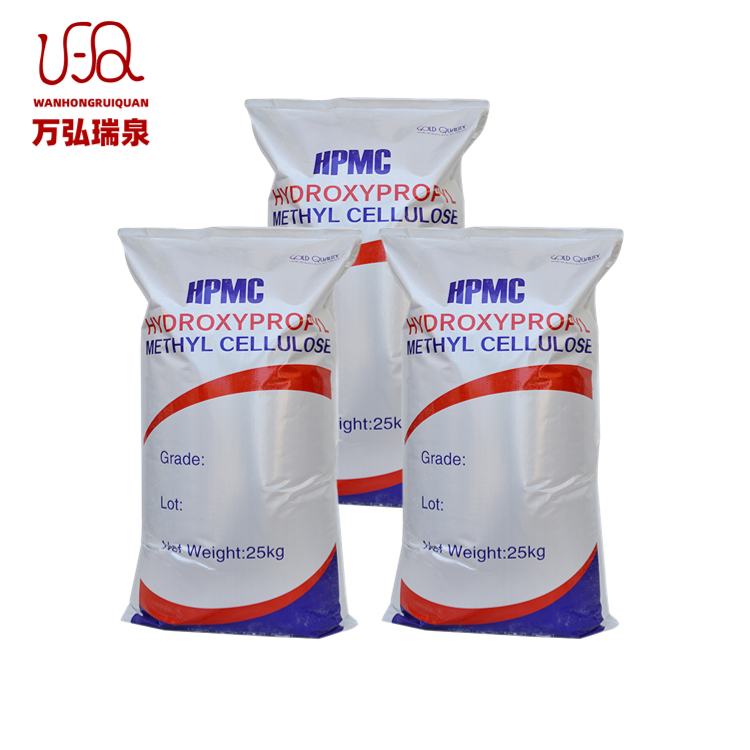
CP/USP/EP/JP
/
Pharm Grade
25kg
/
Paper Bag
CAS:9005-25-8
Molecular Formula:(C6H10O5)n
Alias
More Information
Tapon; Trogum; Pregelatinized Starch; ZEA MAYS Starch; W-13Stabilizer; W-Gum; Starch Indicator; Wheat(Triticumvulgare)Starch; Maize Starch; Corn Starch; Thermoplastic Starch
Brief Introduction
Starch is white and light yellow powder. The grain is soaked in 0.3% sulphurous acid and then crushed, sieved, precipitated, dried and ground. Ordinary products contain a small amount of fat and protein, strong moisture absorption, up to 30%. Starch sugar industry uses starch to produce high maltose syrup, fructose syrup, maltodextrin, etc. Starch is used in modified starch industry, and its modified starch is widely used in papermaking, chemical industry and other industries. Starch is used in fermentation industry to produce monosodium glutamate, citric acid and many other products. Starch is also widely used in metallurgy, casting and other industries.
Suppliers
View More Vendors (12) >
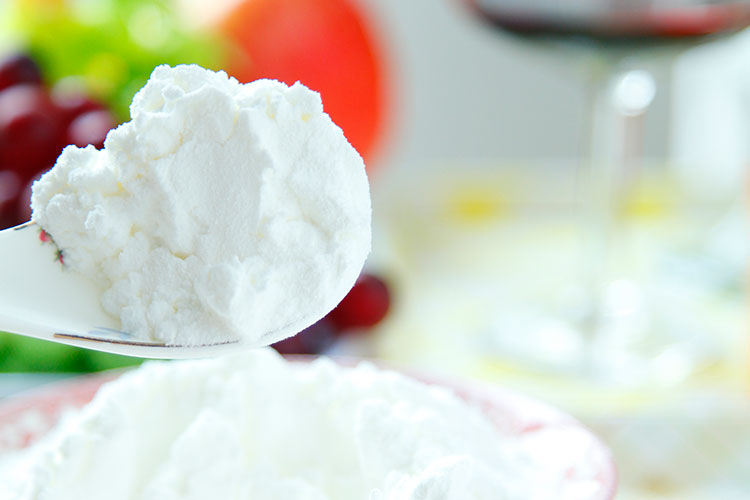
Fineness 150µm(100 mesh) sieve passing rate ≥ 99.5%
/
Food Grade
25kg
/
Fibre Drum
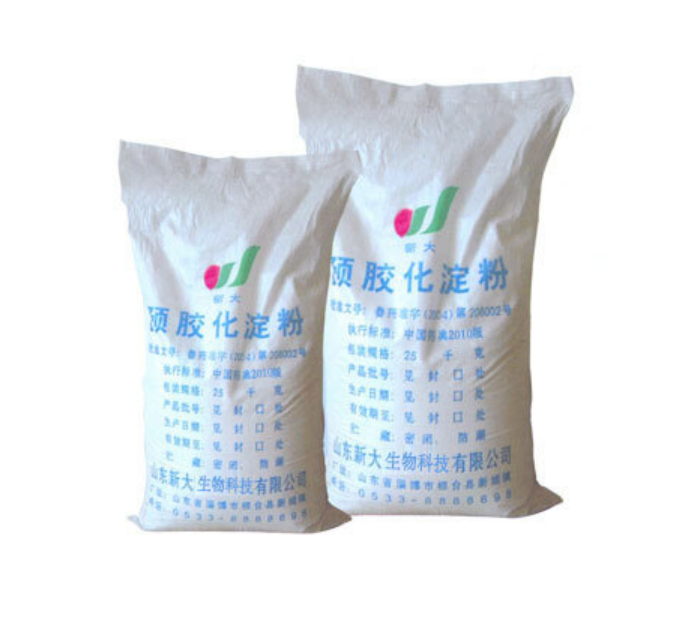
Loss on drying: ≤ 14% ash: ≤ 0.3%
/
Food Grade
25kg
/
Woven Bag
CAS:9004-34-6
Molecular Formula:C12H22O11
Alias
More Information
Deae-Cellulose; Cellulose, 2-(Diethylamino)Ethyl Ether; Diethylaminoethyl Cellulose; Cellulosepulver; MCC; (6S)-2-(Hydroxymethyl)-6-[(3S)-4,5,6-Trihydroxy-2-(Hydroxymethyl)Oxan-3-Yl]Oxyoxane-3,4,5-Triol; Cellulose Microcrystalline; Microcrysatlline Cellulose; Micro Crystalline Cellulose; Cellulose; Mycrocrystalline Cellulose; Avicel PH-101
Brief Introduction
Microcrystalline cellulose is mainly used as non caloric food additive, pharmaceutical excipient and dispersant, thin layer chromatography and column chromatography filler, dye and pigment carrier, thermosetting resin and thermosetting laminate reinforcing filler, coating, emulsifier. It can also be used in water-based paint and ceramic industry.
Suppliers
View More Vendors (10) >
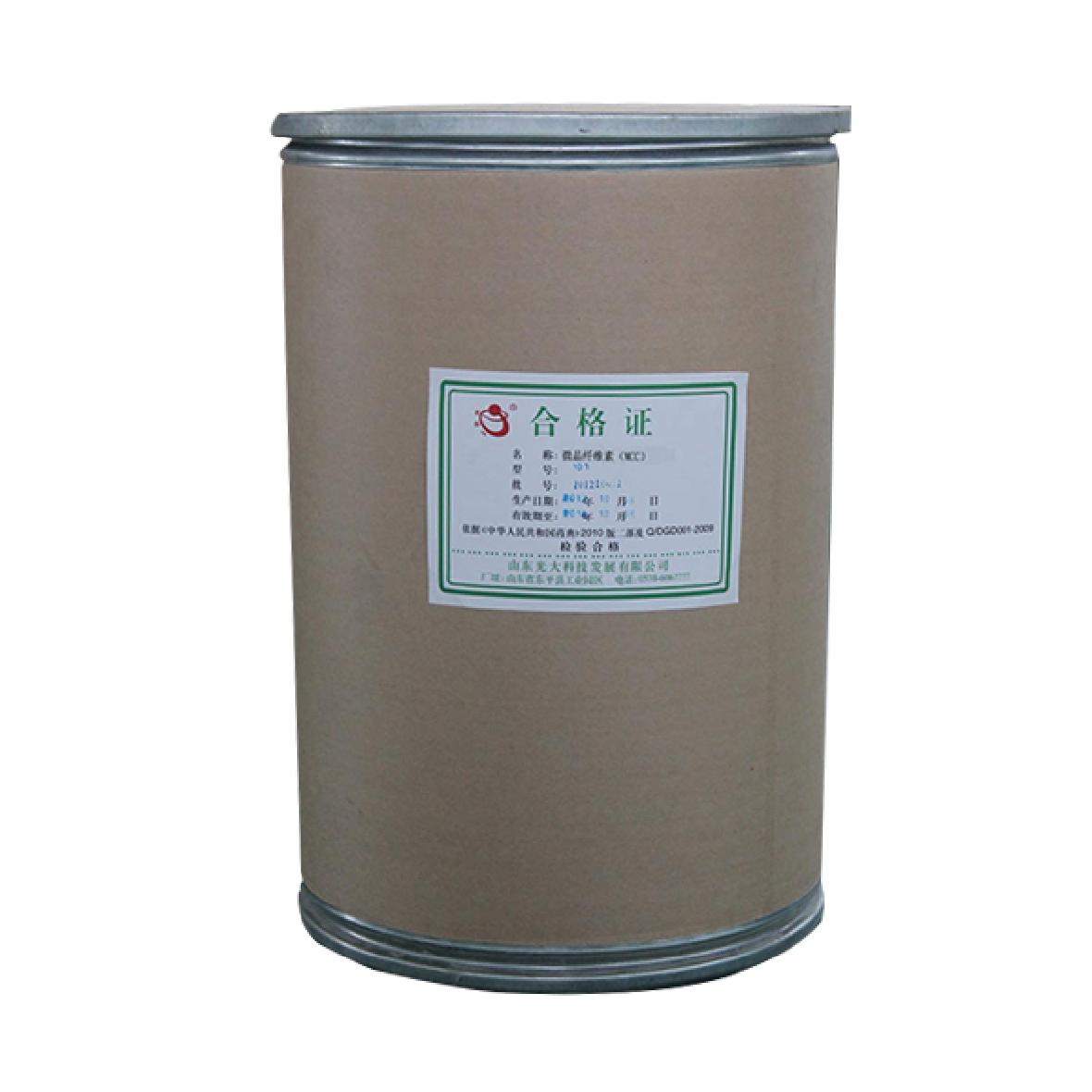
CP;Content: 97.0% ~ 102.0%
/
Pharm Grade
25kg
/
Paper Bag

Ch.P.;USP Average particle size 80 μ m
/
Pharm Grade
25kg
/
Fibre Drum
CAS:7558-80-7
Molecular Formula:H2NaO4P
Alias
More Information
Sodium Dihydrogenorthophosphate; Sodium Dihydngen Phoshate Anhydrous; Disodium Hydrogen Phosphate Anhydrous; Sodium Dihydrogen Phosphate Dihydrate; Monobasicsodiumphosphate,Anhydrous; Sodiummonobasicphosphate; Sodiumsaltsoforthophosphoricacid; Natriumdihydrogenphosphate; Sodiumdihydrophosphat; Sodium Dihydrogen Phosphate; Sodium Phosphate Monobasic Dihydrate; Acid Sodium Phosphate; Monosodium Orthophosphate; Primary Sodium Phosphate; Sodium Biphosphate; Monosodium Phosphate; MSP; Monobasic Sodium Phosphate; Monobasic Sodium Phosphate USP
Brief Introduction
Sodium dihydrogen phosphate is mainly used in food as buffer, modifier, emulsifier and nutrient.
Suppliers
View More Vendors (7) >
Lianyungang Zhonghong Chemical Co.,Ltd.
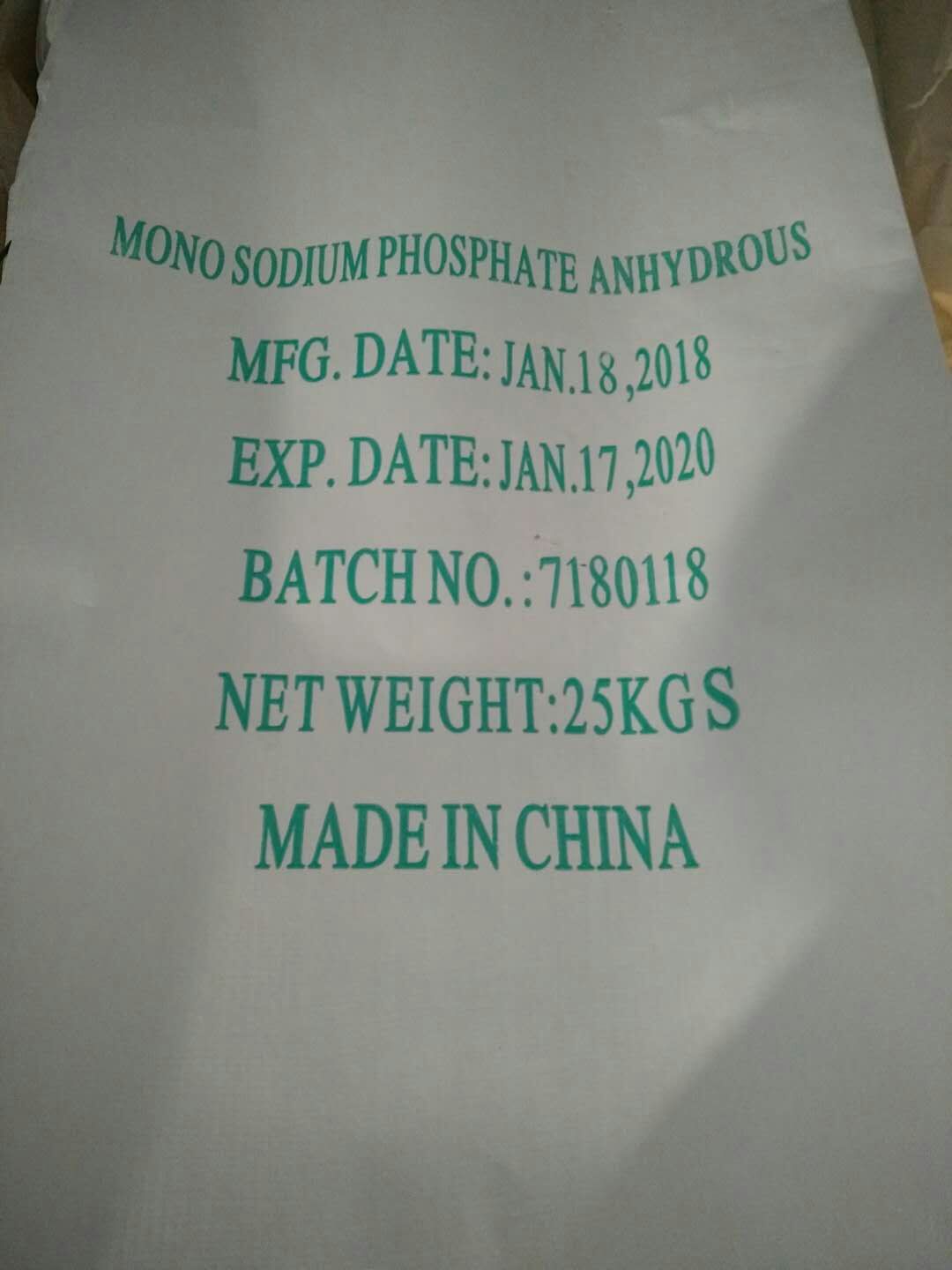
content ≥ 99 7558-80-7
/
-
CAS:532-32-1
Molecular Formula:C7H5NaO2
Alias
More Information
Benzoic Acid, Sodium Salt; Benzoate Sodium; Sodiumbenzoate; Benzoic Acid Sodium; Sodium Benzoate Powder; _|_; Benzene Derivative
Brief Introduction
Sodium benzoate is a commonly used food preservative in China's food industry. It has a sweet and astringent smell, is stable in the air, and can absorb moisture when exposed in the air. It naturally exists in blueberries, apples, plums, cranberries, prunes, cinnamon and cloves. Its bactericidal performance is weaker than benzoic acid. In acidic environment, sodium benzoate has obvious inhibitory effect on a variety of microorganisms. When pH is 3.5, 0.05% solution can completely inhibit the growth of yeast, but when pH is above 5.5, it has poor effect on many molds and yeasts. It has little effect in alkaline solution. In the process of biotransformation, sodium benzoate combines with glycine to form uric acid, or combines with glucuronic acid to form glucosidic acid, and all of them are excreted from the urine. In the normal dosage range, it has no toxic effect on human body and is a safe preservative. It can be used for carbonated drinks, concentrated fruit juice, margarine, gum base, jam, jelly, soy sauce, etc.
Suppliers
View More Vendors (7) >
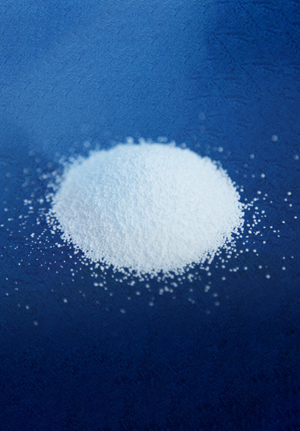
BP2015; 99.0%-100.5%
/
Pharm Grade
25kg
/
Paper Bag
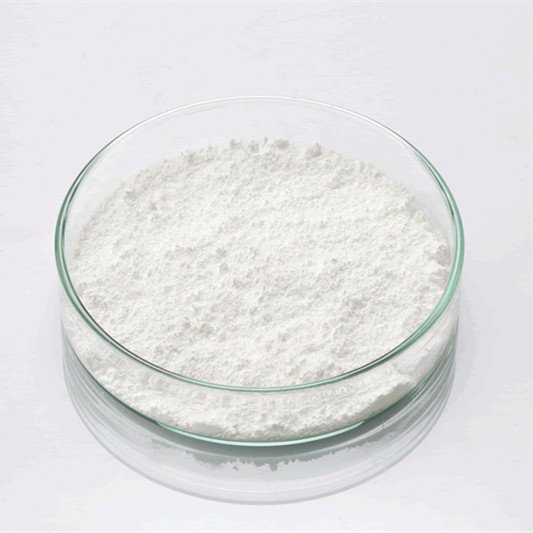
≥99.0%
/
Food Grade
25kg
/
Woven Bag
<Invalid Value>
FCC 颗粒
/
Food Grade
25kg
/
Paper Bag
Inquiry (
10
/ 10
)
Clear All
You can inquire for up to 10 products at a time
Sign In
Error!

